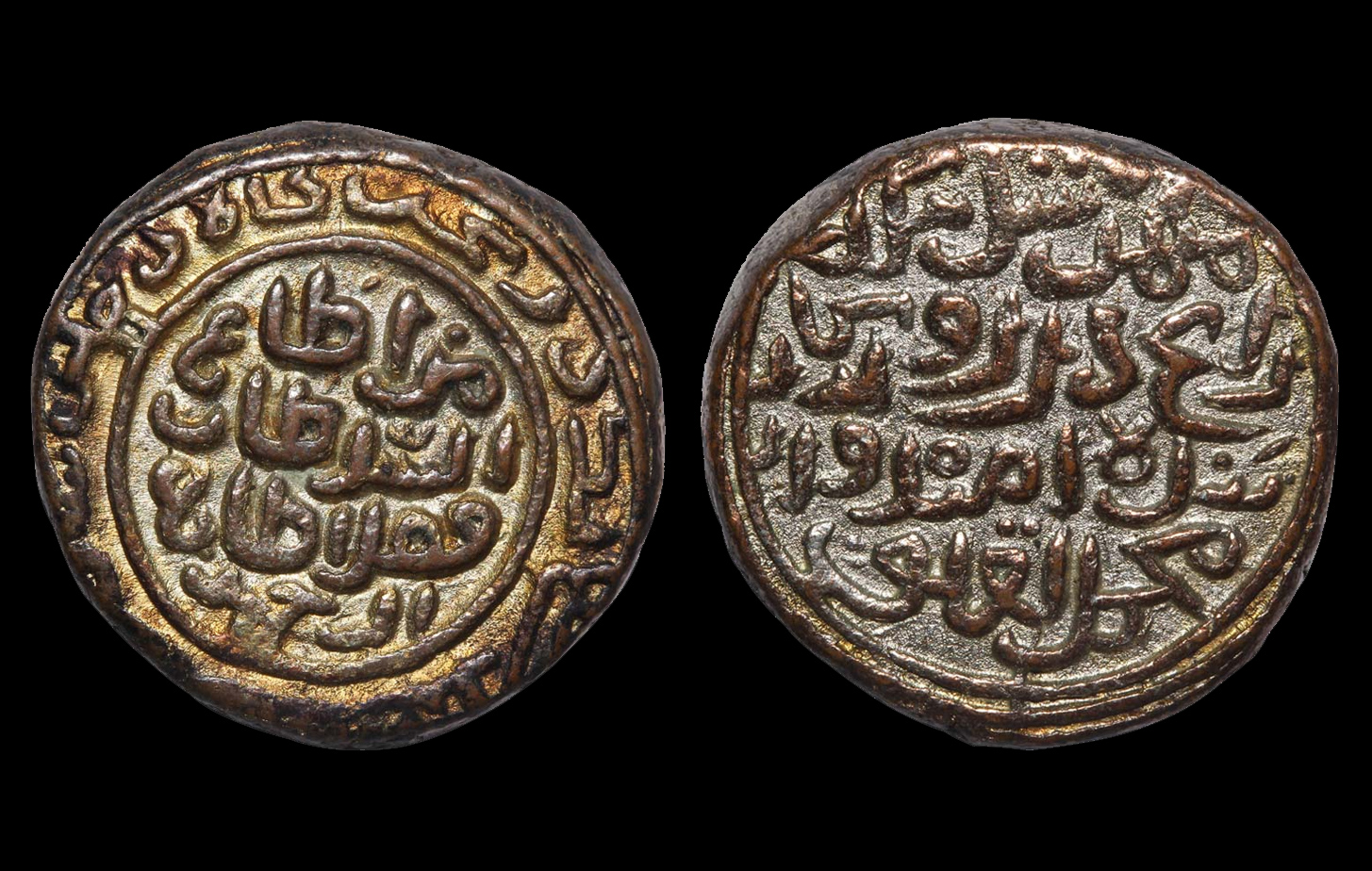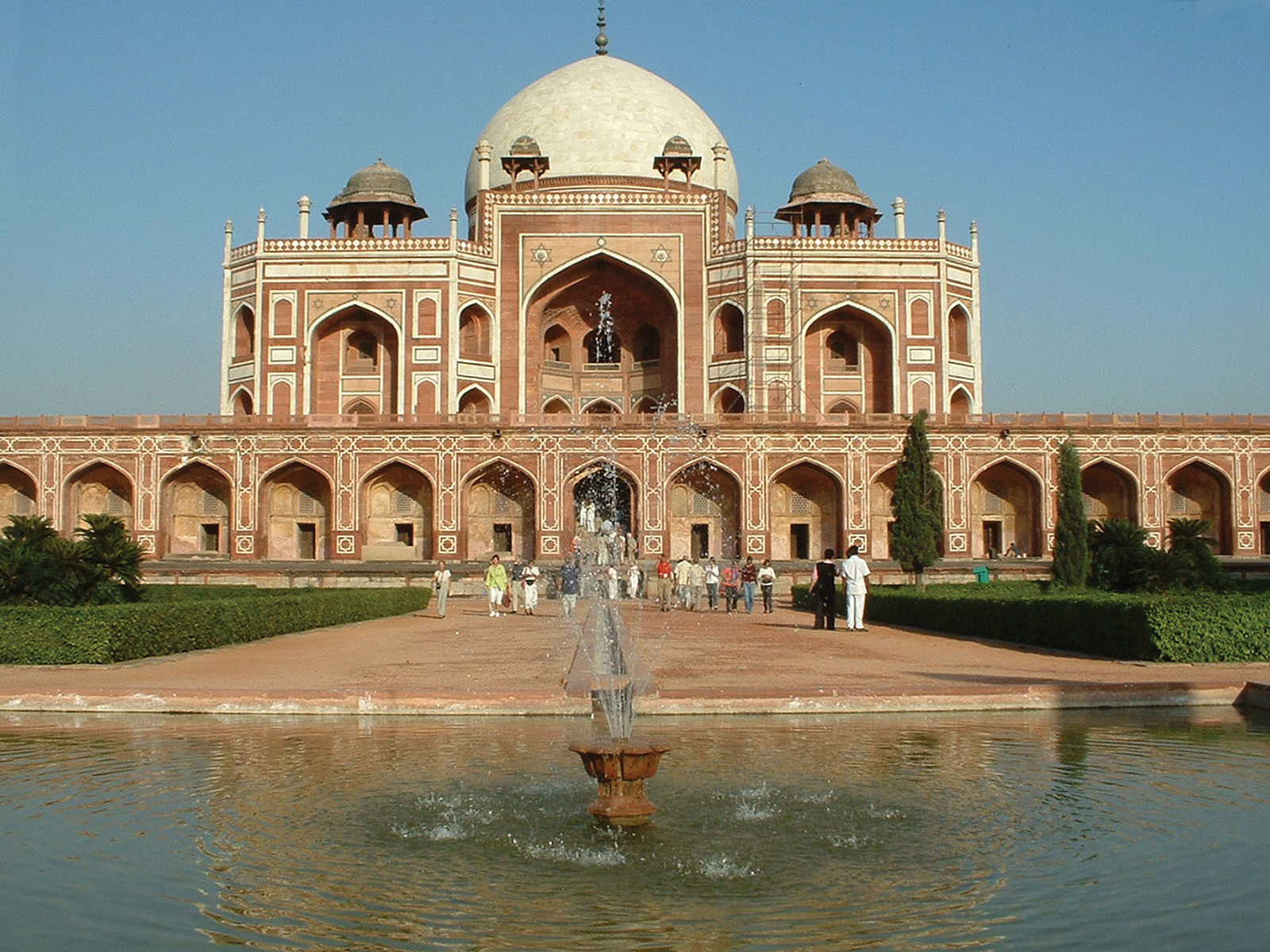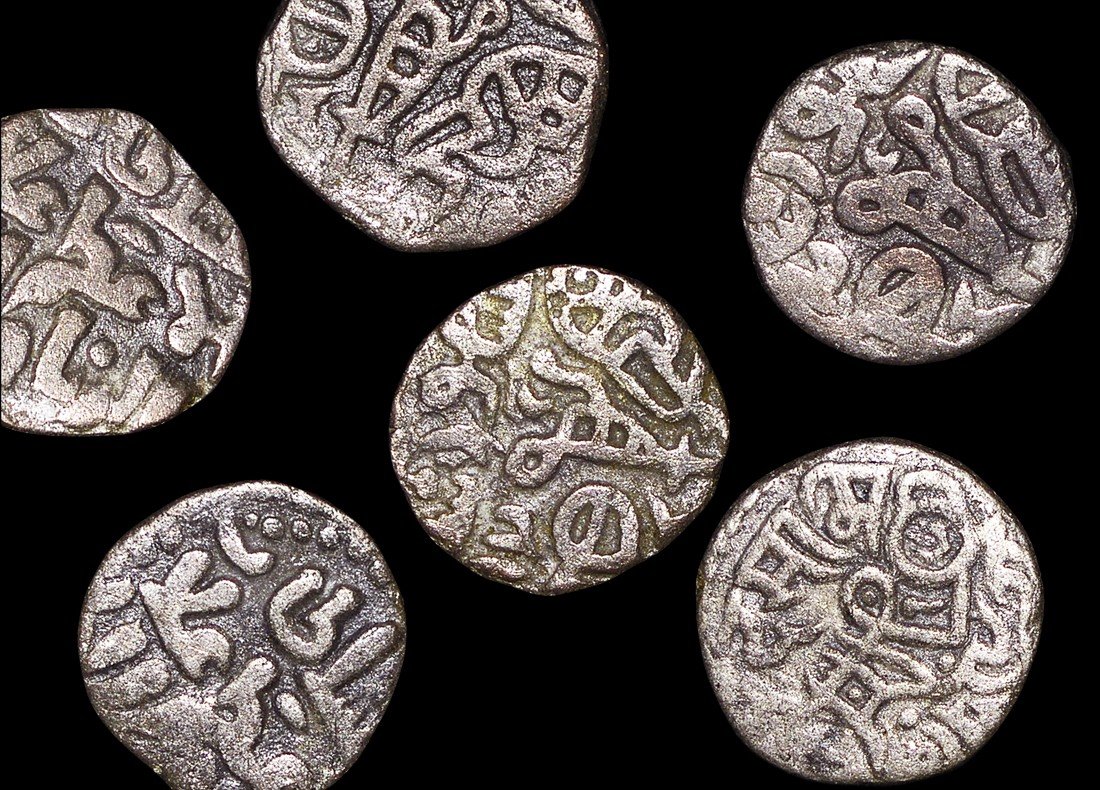In this section, we will discuss several policies being implemented during the Medieval age especially during the era of the Delhi Sultanate. Our discussion will start from the monetary policy of the Medieval age followed by the educational policy.
Monetary Policy during Medieval Age
With the establishment of Turko-Afgan & Mughal rule in India, the monetary system got a boost because these rulers issued a large number of coins for meeting the needs of state & market exaction. These coins were issued in various metals and different standards. The coinage was a part important part of the progress of Medieval Indian History.
Coinage during Delhi Sultanate
Sultans of Delhi, beginning from the reign of Iltutamish paid attention to the task coinage. He was 1st ruler of Delhi issued pure Arabic coins “Tanka” & “Jital”. These coins laid the foundation of the monetary system of the Medieval Age. Sultan Mohammad Bin Tuglaq carried out major currency expenditure by issuing “Token Currency”.

The face value of these coins was more than their intrinsic metallic worth. This Token Currency system failed because the Token coins were easy to duplicate & the market got flooded with forged coins. Firoz Shah Tuglaq issued Gold coins “Adha” & “Bikh” (1/24 quarter). The nature of coinage varies from Sultan to Sultan in Delhi Sultanate. No uniform standard of coinage could develop during the Sultanate period.
Monetary System of Sher Shah Suri
In the history of the monetary system in India, the reign of Sher Shah Suri enjoyed a pledge of great significance. Though he ruled only for a few years but left a lasting impact on the coining system. Sher Shah laid the foundation of the Tri-Metallic Currency System. Gold coins – Muhar, Silver coin – Rupaiya, and Copper coin – Dam are being part of the tri-metallic currency system.
These coins were of a very high standard because of uniform weight & standard of quality maintained. The Mughal continued this system started by Sher Shah.
Educational System
Throughout the history of the existence of India education & learning have enjoyed a place of great significance. Beginning from the Vedic Age highly developed education institutions have flourished in India. With the advent of Turko-Afgan, the Mughal ruler, several significant changes were witnessed in the education system. This process continued to evolve throughout Medieval Indian History.
Education in Delhi Sultanate
The 1st reference of the education system in the Delhi Sultanate (medieval age) came from Tabaqat-i-Nasiri of Minhaj-al-Siraj Juzjani. According to this book, Iltutamish set up Nasiruddin in memory of son Nasiruddin who died while fighting rebel. Balban also found a school of the same name in memory of his master, Nasiruddin Mahmud in Delhi. Sultan Firoz Shah Tuglaq took a special interest in the progress of education. The main college set up by his was Madarsha-i-Firozshahi.
According to Ibn-Batuta (Moroccan traveler – c.1334-1385 CE), there was a separate school for boys & girls in India. The educational system in Delhi Sultanate can be classed into two categories; Comprise the education system of Hindus that was based on traditional lines, and comprise the education of Muslims that was managed through Maktab (primary education) and Madarsa (Center for secondary education).
The Sultan of Delhi concentrated on the education of Muslims. They didn’t interfere in the education of Hindu. Lands & grants are issued to education institutes for their survival. A liberal ruler like Sher Shah issued land grants for both Hindu & Muslims. The Hindu education system comprised of family-based education, education in formal schools eg. Gurukuls, the education imparted by trade & craft organization, and the education was imparted by temples.
Postal & Communication System
Reference found in contemporary sources like Kitab-i-Rehla of Ibn-Batuta provides detailed information about the postal & communication system of the Sultanate period. Sultan Jalaluddin-Khalji is considered as the originator of the postal system & this continued to evolve with time under other rulers. Sarai builds a longer road that was used as post offices (Dakchaukis). The relay system was followed for the exportation of the post. According to Ibn Batuta, the postal age was of 2 types. In 1st case, the horse was used & in 2nd case, the carrier used to walk on feet.
The horse rider based postal system was termed by him as “Uluq” & foot based postal system “Dawa”. One horseman used to cover distention of 4-mile footman used to cover 1/3rd mile distention. Horseman/footman used to carry bell which was used to warm the person of another location to get ready for the forwarding journey. Horseman/postman used to run distention cover allowed to them.
According to Batuta, this relay system was so efficient that the normal length of the journey between Delhi & Sind was 50 days but the post reached within 5 days. This relay-based postal system was used to export Dry Fruits from Khurqsan from the Royal palace as well as other necessities. Sultan Sher Shah reformed the postal system, he appointed Daroga-i-Dakchouki as head of each post office located in Sarai. He was responsible for the safe & quick exportation of letters and parcels from one post to another.
Medieval Indian Architecture
With the establishment of Turkish rule in India a new phase coming in the history of Indian Art & Architecture because Turk brought the Islamic style of architecture to India. This new style was significantly different from the traditional Indian style. But over a period of time, both styles underwent assimilation.
Essential features of Islamic Architecture
Islamic architecture is characterized by the use of Archie’s, Domes & minarets. Archie’s were used for making doors & windows. Dome was used to making a roof. Minarets were erected in 4 corners of the building. The traditional Indian style of architecture was characterized by the use of columns & brims.
The flat roof was essential to feature. The size of the building was moderate to small because with a flat roof is not practically possible to have large halls. Traditional Indian style is known as. Terabit style, Islamic style, Arquette style. Over a period of time, the Indian traditional style & Islamic style underwent assimilation & resulted in the emergence of Indo-Islamic architecture.
Technological dimensions of Indo-Islamic Architecture
The Archie’s & domes used in Islamic monuments reflected technological superiority over the traditional Indian architecture. The building having Archie’s & dome wasn’t only beautiful in appearance but at the same time, it was technologically superior.
Turks brought line mortar with them. At the time of the establishment of Turkish rule, mud mortar was being used. Line mortar enabled the construction of stronger & bigger monuments. During the Khalji period, the technology of lading the bricks as headers & steeper. A brick laid headers in one layer &stricter This technological strengthens the stability of monuments.
The construction of pentagonal & octagonal tombs during the Tughlaq period reflected not only new forms but also significant technological advancement. In these buildings, the dome used to have 5 (pentagonal) & 8 (octagonal) centers. The charbhagi style brought by Babur represented great civil engineering advancement. In this style, the entire plot of land in 4 parts & a monument was built in middle. This monument work surrounded by parks.

Flowing water was used around the monument not only for ornaments were also for temple stability. Charbhagi style modify by Shahjahan. He shifted the monument to one side of the park monument built on a raised platform so that it appears massive. The double domes constructed within tombs & mosque during Sultanate-period & Mughal was another technological advancement. In this 2nd dome was built over the original 1st time there was a gap between two domes. The air-filled between two domes used to help in maintaining temperature stability. The acoustics (sound) was far better inside monuments inside double domes.
Assimilation in Indian Islamic feature
Beginning from Turkish rule to the age of Mughal rule, the procedure of assimilation of Indian Islamic continued. During the early phase, the Turkish ruler used Indian craftsmen in the construction of their monuments. The material was used from existing Indian monuments because of this number of Indian features used to find place unconsciously in Islamic buildings.
Indian methods of ornamentation were used in Islamic buildings in form of geometrical designs, flower designs & paintings. This adaptation was also constructed to the growth of Indo-Islamic architecture. Rulers like Akbar consciously adopted many features of Indian architecture such as Chatra (umbrella), Jharokha (balcony), Chajja (producing wall), Jali (perforated walls), and Kalash was put on mosques & tombs. This integration contributed to the emergence of composite culture during the medieval age.
Persian Histography
The establishment of Turkish rule in India resulted in the emergence of the new genre of language & literature among various dimensions of progress witnessed during the Sultanate period historiography was one of the most important. The art of history writing wasn’t absent in India before the arrival of Turks as early historians tried to portray but at the same time, it can’t be denied that the arrival of Turks added new dimensions to historiography.
This genre of writing was far more advanced in Persia & Central Asia when compared with India. Among prominent history writers of the Sultanate period, the names of Amir Khusaro & Ziyaudin Baruni came foremost. Amir Khusro was the author of several prominent works such as Khazain-ul-Futuh, Tughlaq–Nama, and Barani –Tarik-i-Firoz Shahi.

Though the literal work of Amir Khusaro was imparted without any doubt it mostly emphasized that he was more of a poet & less of a historian. The works of Amir Khusaro were prepared either under the direction of rainy Monarch or presentation to them. It appears that the primary concern to demonstrate his literal ability. He was busy living behind a lasting reputation.
His main interest was in pleasing his patron so that he could get a reward because his works of Amir Khusaro present only a brighter side of the picture. He deliberately glossed over the shortcomings & failures of his patron. His works suffer from factual error, lack of chronological sequence & indulged selective reporting. Amir Khusaro left behind the feasible act of many insignificant events.
A thorough examination of his work indicated that he was not deliberately loyal. He didn’t disclose fact that he included those works in his work that won the appreciation of the master. Barani left behind the history of the century belonging to the Sultanate period. His book Tarik-i-Firozshahi covers developed from 1259-1359 but his account suffers from serious personal bias. He deliberately distorted facts just to win the appreciation of Sultan Firoz Shah Tughlaq who had put the win in jail.
Most of the writing was carried out by Barani during c.1352-59 CE, when he was quite old (born 1285). During this period, he neither was financially sound nor was mentally stable as his entire assets had been featured for Firoz Shah Tuglaq for supporting the claim of boy put on the throne of Delhi by Khwaja Jahan, Prime Minister of Mohammad Bin Tughlaq. Events described by Barani are not chronological accurate.
Through historiography developed art form during the Sultanate period but same time it must emphasize works of these historians that shouldn’t be accepted on face value. A critical examination of their records is a must understand the prevailing reality.

